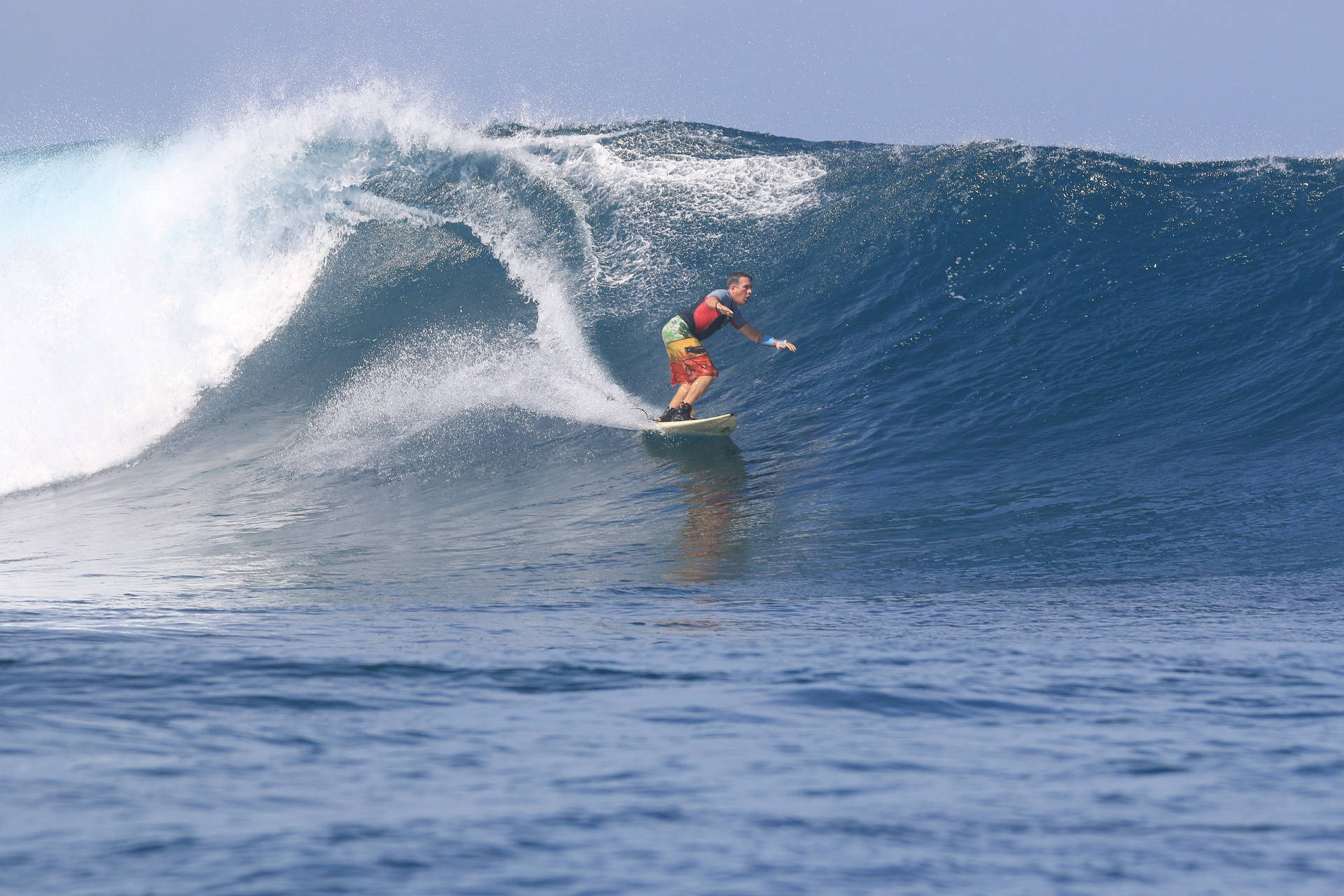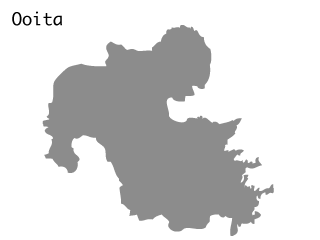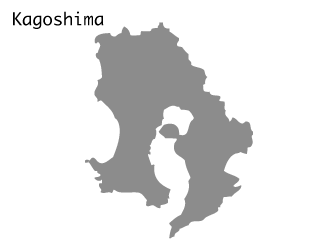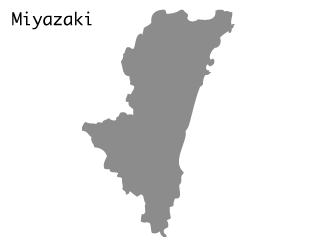
九州サーフィンスポット(East)45選

大分 宮崎 鹿児島の東九州サーフィンスポットを一挙ご紹介。
温暖な気候と豊富な波の東九州太平洋側へのサーフトリップは多くのサーファーを魅了するエリア。特に人気の高い波乗り大国宮崎では日本有数の上質ブレイクがある。
大分県南部の半島や湾では南うねりを敏感にキャッチし、混雑とは無縁のサーフィンが楽しめる。宮崎は日本を代表する一大サーフエリア。太平洋からの広範なうねりを敏感にキャッチし移住者も多くあらゆるレベルのサーファーの支持を集める。
鹿児島は東西南を向いた変化に富んだ海岸線の地形から太平洋、東シナ海の風・うねり選択の幅が広いサーフ大国。幅広いレベルのサーファーが楽しめるエリア。
収録サーフポイント
安岐塩屋海岸 / あきしおや [大分エリア] 元猿高山海水浴場 / もとざるたかやま [大分エリア] 方財 / ほうざい [延岡エリア] 波当津海水浴場 / はとうづ [大分エリア] 下阿蘇ビーチ [延岡エリア] 長浜 / ながはま [延岡エリア] 新浜 / しんはま [延岡エリア] 塩見川河口 / しおみがわかこう [日向エリア] 金ヶ浜 / かながはま [日向エリア] 伊勢ケ浜 / いせがはま [日向エリア] 小倉ヶ浜 / おぐらがはま [日向エリア] 伊倉浜 / いくらはま [日向エリア] 美々津 / みみつ [日向エリア] 富田浜 / とみだはま [宮崎エリア] 伊勢科学 / いせかがく [宮崎エリア] 蚊口浜 / かぐちはま [宮崎エリア] 一ツ瀬河口 / ひとつせかこう [宮崎エリア] 佐土原浜 / さどわらはま [宮崎エリア] 動物園裏 / どうぶつえんうら [宮崎エリア] 赤江浜 / あかえはま [宮崎エリア] 木崎浜 / きざきはま [宮崎エリア] サンビーチ [宮崎エリア] 南方 / なんぽう [宮崎エリア] 加江田河口 / かえだかこう [宮崎エリア] こどものくに [宮崎エリア] 白浜 / しらはま [宮崎エリア] 洋香園 / ようこうえん [宮崎エリア] 青島 / あおしま [宮崎エリア] 内海 / うちうみ [宮崎エリア] 伊比井 / いびい [日南エリア] 鵜戸下 / うどした [日南エリア] 大浦 / おおうら [日南エリア] 梅が浜 / うめがはま [日南エリア] 宮浦 / みやうら [日南エリア] 昭寿園 / しょうじゅえん [日南エリア] 大堂津 / だいどうつ [日南エリア] 石波浜 / いしなみはま [串間エリア] 西方 / にしかた [串間エリア] 安楽川 / あんらくがわ [志布志エリア] 恋ヶ浦 / こいがうら [串間エリア] ダグリ岬 [串間エリア] 押切 / おしきり [志布志エリア] 菱田川 / ひしだがわ [志布志エリア]
大分サーフスポット
大分での波乗りは、台風うねりをあてるに限る夏〜秋口が中心となる。南うねりを基本的に狙うが、宮崎と比べてもサイズダウンが早いため、うねり到達予想を常にチェックしたい。
強い低気圧が東九州に接近しない限り波乗りに適したサイズはブレイクしない。
南だけでなく北や東にも反応するためこまめにチェックしたい。
大分エリアでも南に位置するため外洋のうねりをひろう。
宮崎サーフポイント
宮崎では通年波乗りできるスペックは持つが、やはり春先〜秋口にかけてがベストシーズン となる。低気圧の東進や台風うねりはもちろん、高気圧からの吹き出しも敏感にキャッチする。日南エリアでは日本を代表するスーパーリーフブレイクのポイントも多く、台風シーズンにはローカルエキスパートを中心に多くのサーファーで賑わう。
西風が強まる冬場ではオフとなるポイントが多く、サイズも小さめとなりがち。ただし暖かい水温と混雑を避けたサーフィンが期待できるため、この時期に全国から足を伸ばすサーファーも多い。
台風ウネリでブレイクを始める。
東寄りのうねりを広範にひろう。
南ウネリで右奥の岩場から割れるグーフィーブレイクが良い。
波質は比較的メローでイージー、施設も充実しビギナーにも人気。
南ウネリにいち早く反応する敏感なクラシカルポイント。
川南海岸に広がる広いビーチブレイク玉石ポイント。
パワフルなうねりがローカルの支持を集める。
地元サーファーに人気のポイント。厚めの掘れない波が特徴。
富田浜入江周辺に1KM以上続く美しい海岸。
中央のテトラを避けて左右のエリアがメイン。秋冬・台風シーズンに波乗り可能。
石崎川河口付近のポイントであり、流れもある。ビギナーは遠慮しよう。
昨今では海岸浸食が進んでおり多少地形が悪くなっている。
比較的イージーな波でビギナーから楽しめる。
設備アクセスともよく波乗りビギナーにおすすめのポイント。
広いエリアでエンプティサーフが楽しめる。
各大会も開催される宮崎を代表するメジャーサーフポイント。
厚めのブレイクが多いため、ロングボーダーに人気。
木崎浜がクローズし始めたときグッドウェーブで楽しめる。
普段は波がないが、あがれば波質はメローでビギナーから楽しめる。
強いうねりでブレイク。海水浴客も多いため事故には十分注意。
アウターリーフでブレイクするエクスパートオンリーのリーフポイント。
遠浅・コンパクトな自然の残る海岸。
ビーチの割にパワーがあるブレイクでロングライドも可能。
リーフが点在しているため、地形に詳しくない中級者以下はエントリー不可。
日南ローカルポイントであるためビジターは遠慮したい。パワーのあるホローな波。
鵜戸下P同様強い台風うねりにのみ反応し通常は波のたたないポイント。
北東から南東の強い台風うねりにのみ反応し、普段は波のたたないクラシックポイント。
ビーチブレイクでコンスタントに割れる。木崎よりもパワフルでホローな波。
河口リバーマウスのため、地形によってはパワフルで速い波が楽しめる。
普段はスモールコンディションが中心のイージーなビーチブレイク。
築島から幸島の間の海岸、美しいロケーションのサーフポイント。
年中コンスタントに波があり、水質の良さは特筆に値する。
両サイドの岩場から走れるレギュラーとグーフィーブレイクが人気。
福島川の流れ込み付近で堆積した砂によりサーフ可能となる。
日南線福島高松駅付近のコンパクトなビーチ。
長浜海岸のすぐ西側に位置する美しい海岸。
鹿児島サーフポイント
鹿児島の太平洋側でのサーフィンは志布志湾が中心となる。ベストシーズンは春〜秋にかけてであり、南東に向いた海岸線に、低気圧や台風の南〜東うねりがヒットすることになる。南〜東うねりが強すぎる場合は、湾内を東へ移動し、普段はブレイクしないビーチをチェックしてみると適度なサイズで波乗りできることもある。
南うねりが入り、オフが吹くとサーファーが多く集まる。
南うねりはもちろん東うねりも敏感にひろう。
台風シーズンにその真価を発揮するポイント。
混雑が少ないためビジターも楽しみやすいポイント。
